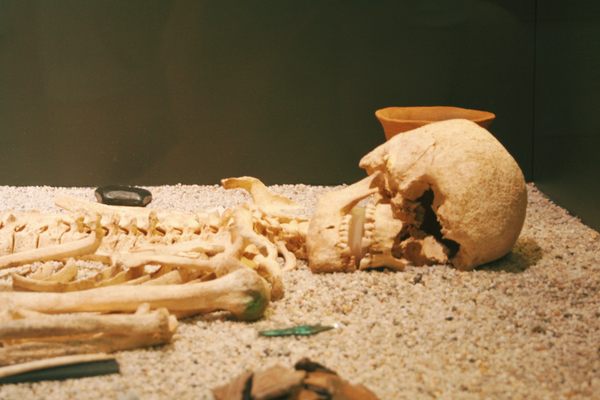About
Esie is a small town in Nigeria’s Kwara state that lies in the south-central part of the country. It is most famous for being home to the largest collection of stone carvings in Africa. These stone carvings were first discovered by a hunter in 1775. The true origins of the Esie figurines remain unknown, though many theories have been put forward to explain them.
The figurines are made from steatite stone, also known as soapstone. When they were found, the figurines were in a circular arrangement. They depict men, women, children, and animals in sitting or kneeling positions. Some are holding onto agricultural tools or musical instruments. The figurines vary in height, and each weighs between 0.55 to 140 kilograms.
It is estimated that the pieces were carved sometime between the 12th and 15th centuries. Some scholars believe that the figurines are associated with an ancient Yoruba kingdom located nearby. One popular explanation for the carvings says that the figurines were once a community of people who were cursed by the gods and turned into stone.
The Esie figurines first gained public attention in 1933, thanks to the effort of H.G Ramshaw, a missionary in Nigeria. In 1945, a museum was built near the site where the figurines were found (it was the first official museum established in Nigeria).
More recent excavation at the site has revealed more figurines are still buried. Current estimates put the total at about 1,000 to 1,500 figurines. Figures from Esie can also be found at the Nigerian National Museum in Lagos and the Metropolitan Museum of Art in New York.
Related Tags
Community Contributors
Added By
Published
February 2, 2022




























